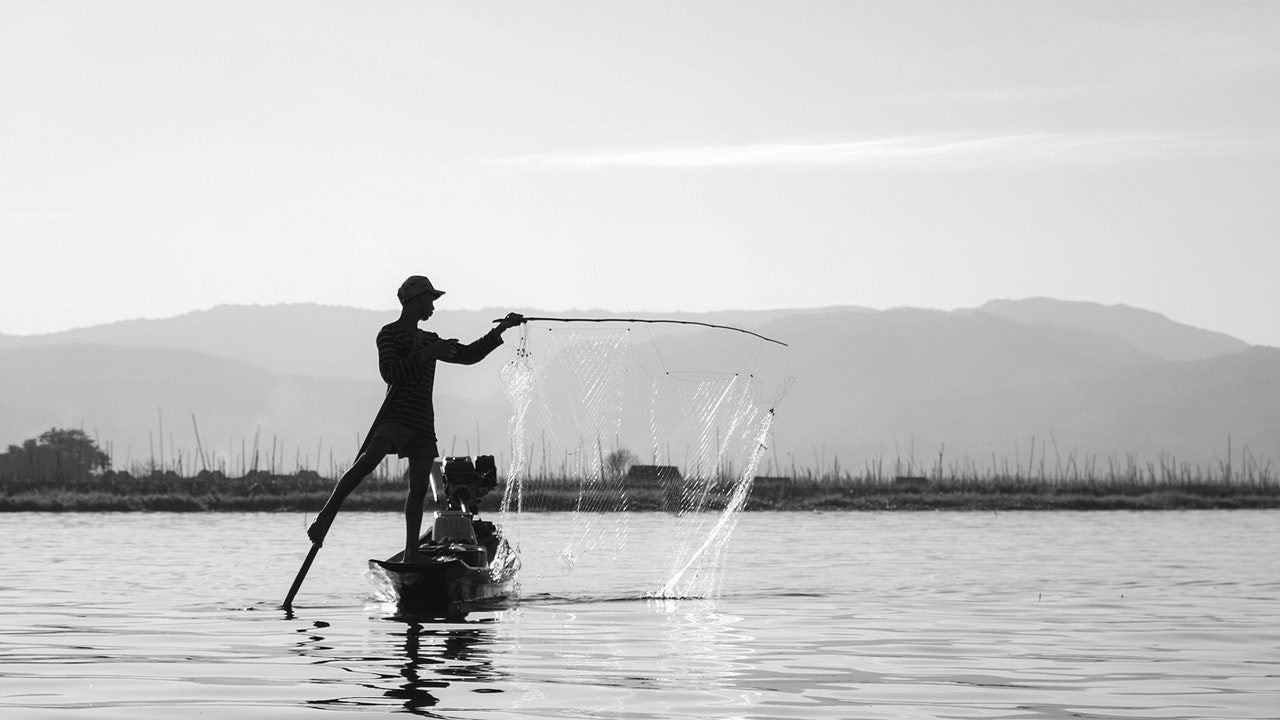It’s easy to get lost in the technical talk when looking for a fish finder. A first-time buyer can find the varying features and functions of different models incredibly dizzying. Between sonars, flashers, transducers, and other parts, there’s a lot to grasp and master to make an informed decision.
Stuck Fishing recommends boating gear that meets your needs and preferences, the same approach required when searching for a fish finder. Today, we’ll look at the key features to consider to land the ideal fish finder. This device could determine the success of your fishing trip, so make sure to choose the right one.
What To Look For When Choosing a Fish Finder
Fish finder usage is governed mainly by one’s understanding of the following features:
Transducers
You probably hear this word mentioned alongside fish finders often enough. As you might already know, it’s among the most important parts of the device.
A transducer gives off and receives sonar waves, which rebound off of various objects once released into the water. It then picks up those waves so that they can be processed in the device’s central unit. There, these signals are transformed into a blueprint of the terrain and its surrounding figures.
Transducers also come with various types of mounts, the transom mount being the most convenient one to install. There’s also the larger and more “serious” thru-hull mount, which might better help you through more intense excursions.
What Transducer Material Should You Choose?
Choosing transducer material should depend on the type of boat you’re bringing. In boats meant for casual fishing, a transom mount made of plastic should serve you fine. They are also a more “universal” material type and should work with most boats.
A transducer used with fiberglass or metal thru-hull or in-hull would require plastic housing, while one used with steel or aluminum hulls would need stainless steel covering. You also have boats with wood hulls, which would do well with bronze housings.
Transducers with trolling motors and transom mounts are usually the pick of the lot for recreational purposes. They are considered all-around devices on account of how well-suited they are to most boats. You just need to make sure to follow their installation guidelines carefully. If you go for a thru-hull transducer, choose between bronze and plastic housing.
Beams and Cones
Another major aspect to consider when selecting fish finders is the angle at which their beams or cones run through the water. The cone angle determines the narrowness or wideness of the coverage.
Basically, the further the beam goes downward, the wider the cone becomes at the expense of clarity. Depth also influences the sensitivity within the cone, so don’t trust the display image to have high accuracy at deeper depths.
Cone angles can range from nine degrees to 60 degrees, but most fish finders will typically deliver angles from 16 to 20 degrees. The lower the cone-angle range, the better it is for beginners due to higher sensitivity and better clarity.
Transducers can also give off multiple cones from a single point. A conventional transducer might not give you anything more than a single beam, but an advanced one should have no problem delivering two or more beams down into the water. Some even come with side beams and additional beam-related features. You might find these additional beams helpful for scanning larger areas.
Screens
No, it’s not really neck-and-neck in the battle between black-and-white screens and colored screens. While B/W screens have established their place and have their uses, it’s the colored display that offers more detail and helps you understand what’s going on underneath.
A colored screen should have no problem providing clarity in inclement weather. In comparison, a black-and-white screen’s limited readability might only give you a headache.
That said, there’s a reason black-and-white screens are still in production. Not everyone can have advanced enough boating equipment to accommodate some colored displays, and a simpler configuration should help in this case. Black-and-white displays are also easier to understand, so a beginner might want to work his way through them on his way to upgrading.
Frequencies
Frequencies directly relate to cone angles. High frequencies are best for shallow waters, while low frequencies are better for deep waters. The higher the frequency is, the more sensitive it makes the area within the cone angle. Hence, it returns a more detailed display.
Some fish finders can go way up with their frequency figures while allowing you to switch frequencies between narrow and wide coverages.
The Right Fish Finder
So much of how you fish determines the right fish finder for you. Your boat, fishing equipment, and fishing conditions all factor into fish finder selection.
When you have a good understanding of what you’re working with, see how they match up with a fish finder’s transducer, cone angles, and frequencies. How badly or well they align with these parts should determine the fish finder’s impact on your experience.
Main Photo by Clive Kim.






